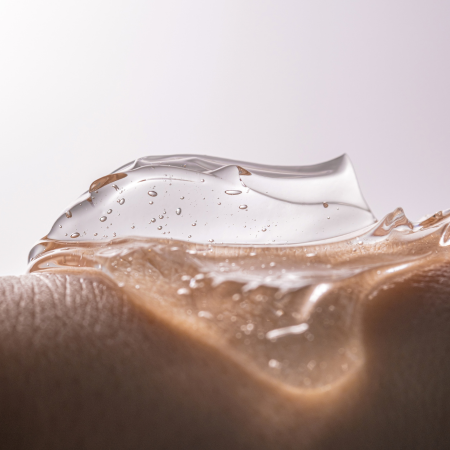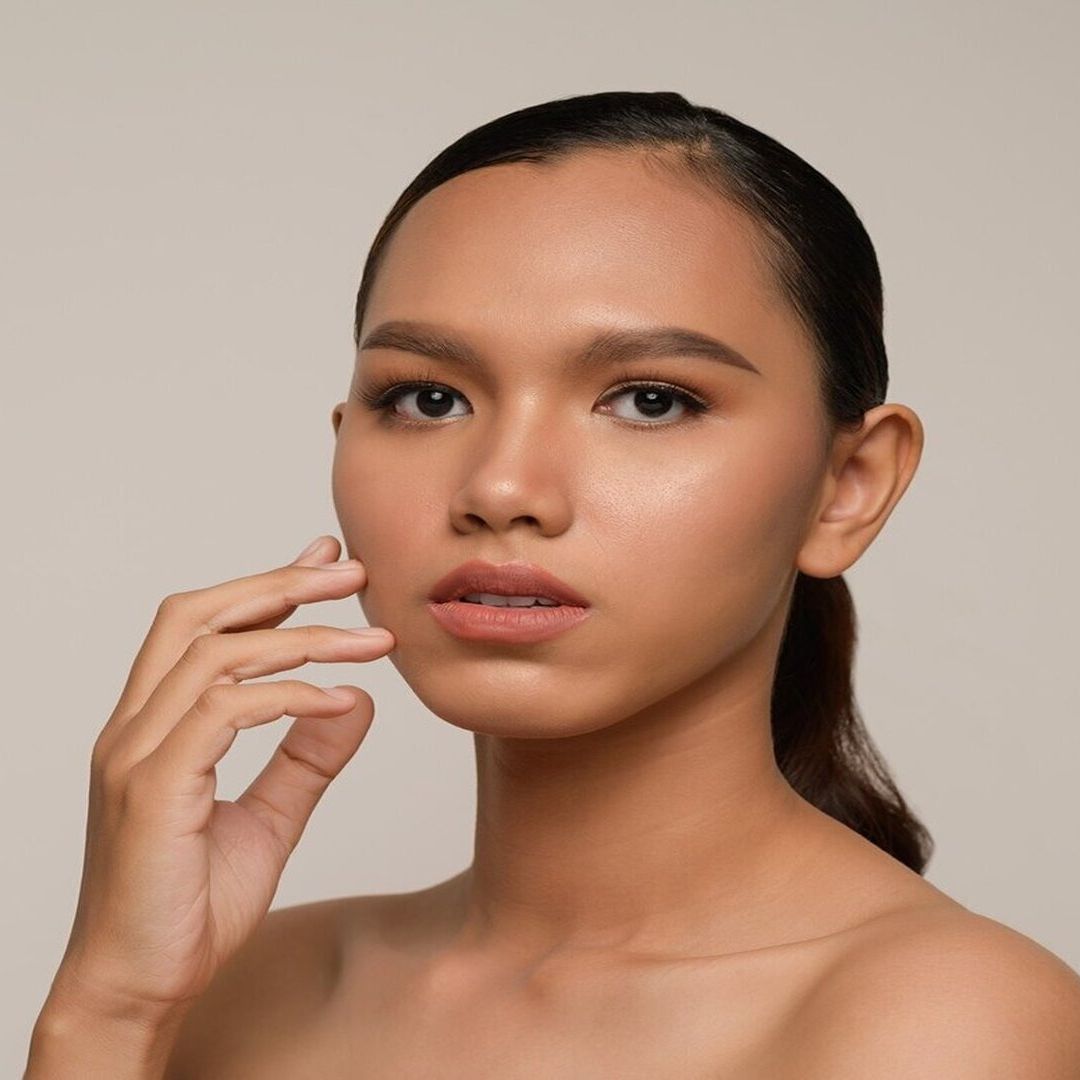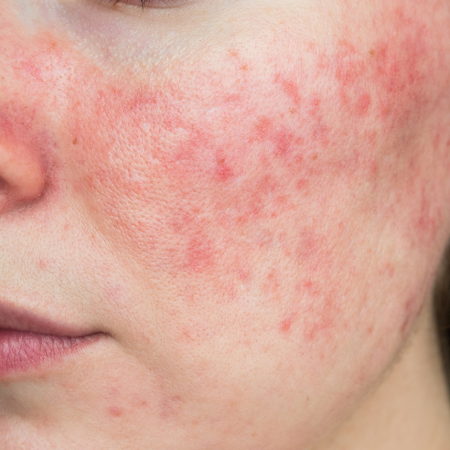Stretch Marks: Non-Surgical Solutions
Stretch marks, or striae, are a common skin concern that can affect anyone, often appearing after periods of rapid growth, weight fluctuation, or pregnancy. While they are a natural part of the skin’s healing process, many people seek ways to reduce their appearance without undergoing invasive procedures. Thankfully, advancements in non-surgical solutions offer effective options for minimizing stretch marks, helping to restore smoother, more even-toned skin. From cutting-edge laser treatments to innovative skincare technologies, there are now more ways than ever to treat stretch marks with minimal downtime and long-lasting results.
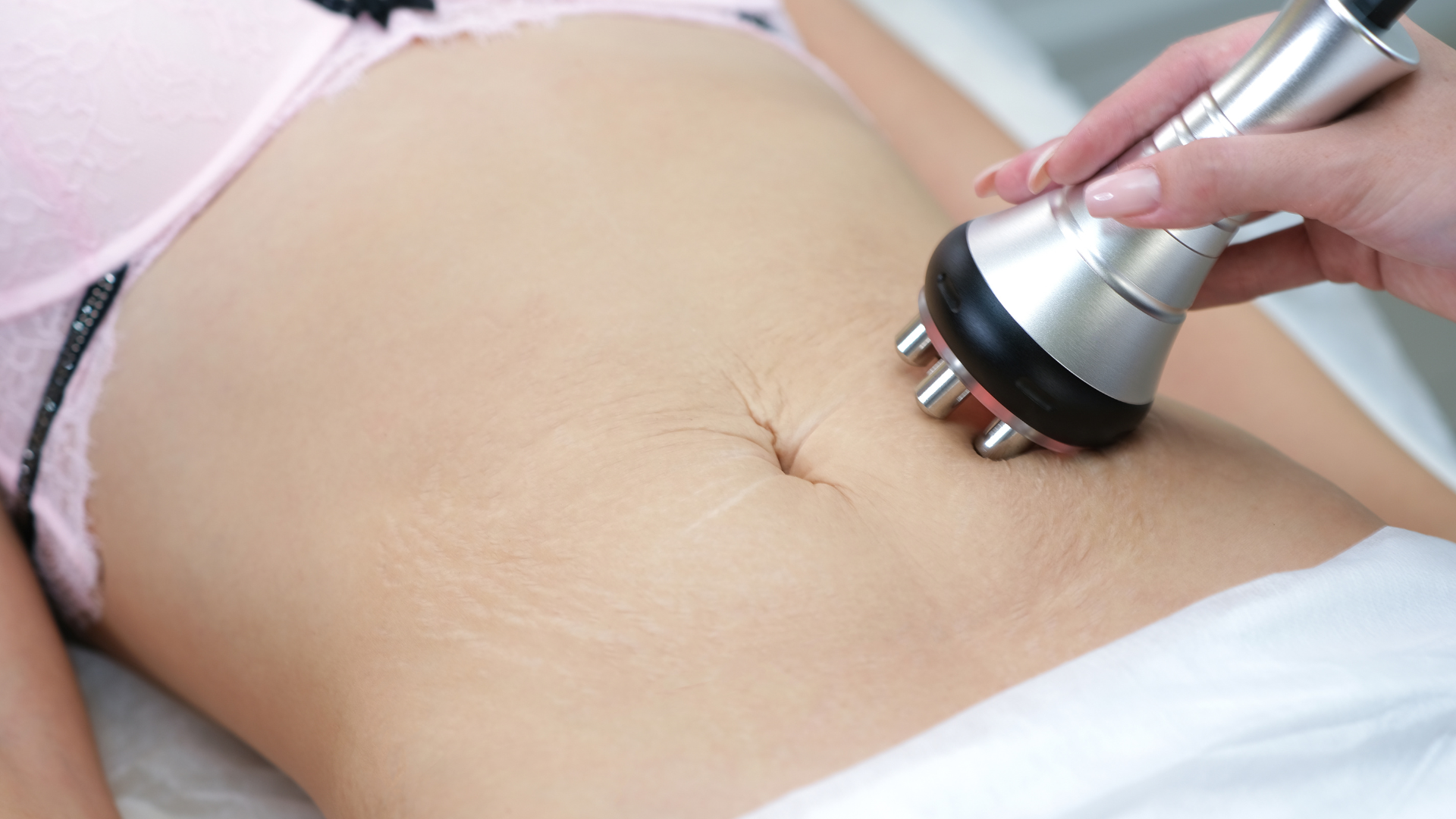
Understanding Stretch Marks: Causes and Types
Stretch marks are visible streaks or lines that form on the skin due to rapid stretching of the dermis, the skin's middle layer. This stretching causes the collagen and elastin fibers to tear, resulting in these marks. Stretch marks can vary in color, ranging from red or purple to white or silver, depending on their age.
They can be triggered by a variety of factors. Pregnancy is one of the most common causes, as the skin stretches to accommodate the growing belly. Significant weight fluctuations, rapid muscle growth from bodybuilding, and growth spurts during puberty can also lead to the development of stretch marks. Additionally, hormonal changes or certain medical conditions can make the skin more prone to these marks.
Stretch marks are typically categorized as new or old. New stretch marks tend to appear red, purple, or pink, as blood vessels are still present under the skin. These are often easier to treat. As they mature, stretch marks become white or silver, signifying the loss of blood flow and pigment. Older stretch marks can be more challenging to address, but treatments are still available to minimize their appearance.
Topical Treatments for Stretch Marks
Retinoids, derived from vitamin A, can help reduce the appearance of newer stretch marks by boosting collagen production and improving skin elasticity. However, they are less effective on older marks and may cause skin irritation. Retinoids should be avoided during pregnancy or breastfeeding.
Hyaluronic acid helps keep the skin hydrated and plump, which can improve the texture of new stretch marks. Hydrating ingredients like glycerin and ceramides also support skin repair and may help prevent further marks from developing by maintaining the skin's elasticity.
Natural treatments like cocoa butter, shea butter, and oils (such as rosehip or almond) can deeply hydrate and nourish the skin, improving its elasticity and appearance. While these remedies may not erase stretch marks, they can enhance skin softness and texture, making marks less noticeable.
Laser Therapy for Stretch Marks
Laser treatments are a popular non-surgical option for reducing stretch marks. Fractional lasers, like CO2 and erbium, target the skin’s deeper layers to stimulate collagen production, while pulsed dye lasers (PDL) focus on reducing redness in newer marks by targeting blood vessels.
Laser therapy breaks down stretch mark tissue and stimulates new collagen production, which smooths and revitalizes the skin. Fractional lasers resurface the skin, while pulsed dye lasers reduce redness in newer marks. Both methods can help make stretch marks less visible.
Laser therapy can significantly reduce the appearance of stretch marks, though complete removal is unlikely. After several sessions, most people see a noticeable improvement. Downtime is minimal, with mild redness and swelling typically subsiding in a few days. Multiple treatments may be required for optimal results.
Microneedling and Stretch Marks
Microneedling is an effective treatment for promoting skin regeneration and reducing the appearance of stretch marks. This procedure involves the use of fine needles to create micro-injuries in the skin, stimulating the body's natural healing response and encouraging collagen and elastin production. By enhancing the skin's texture and elasticity, microneedling can significantly improve the look of both new and old stretch marks. For optimal results, combining microneedling with topical treatments, such as retinoids or hyaluronic acid, can further enhance skin rejuvenation by allowing these active ingredients to penetrate deeper into the skin. While microneedling is generally safe, it does carry some risks, including temporary redness, swelling, and, in rare cases, infection, making it essential to consult with a qualified professional.
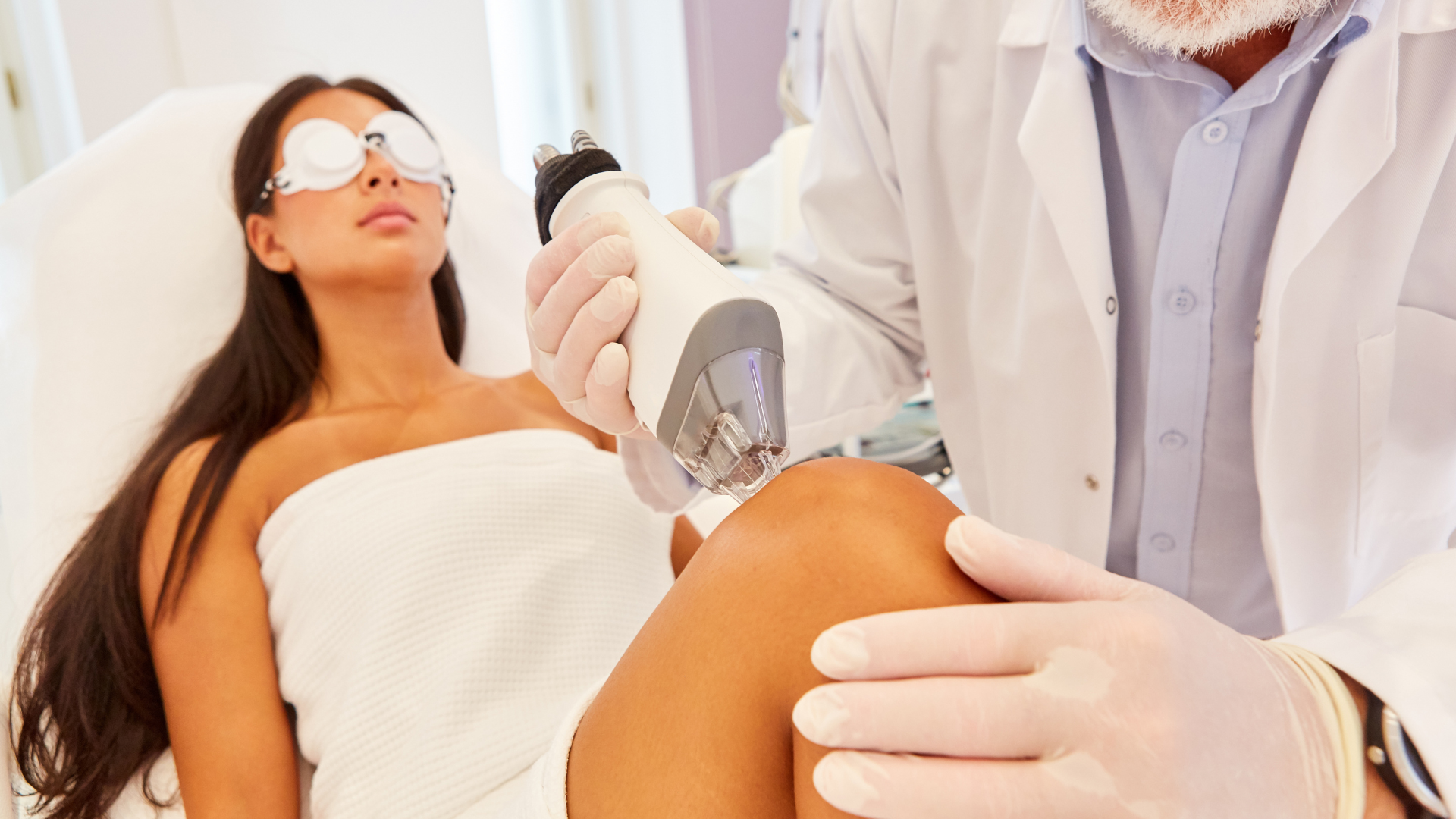
PDO Threads for Skin Tightening
PDO threads are an innovative treatment in aesthetic medicine, primarily used for skin tightening and lifting. Made from polydioxanone, these threads are inserted into the skin using a fine needle, creating a supportive structure that stimulates collagen production and rejuvenates the skin. PDO threads can be especially beneficial for severe cases of stretch marks, as they not only tighten the surrounding skin but also enhance the texture and appearance of the affected area. The treatment provides immediate lifting effects, with results continuing to improve over the following months as collagen builds around the threads. Recovery time is minimal; most individuals experience only mild swelling or bruising that typically resolves within a few days.
Preventive Measures: How to Minimize Stretch Mark Formation
Preventing stretch marks is often more effective than treating them after they appear. Maintaining proper skin hydration is crucial for preserving elasticity, as dry skin is more susceptible to tearing. Incorporating hydrating products, such as lotions and oils, into your daily routine can help keep the skin supple. Additionally, a balanced diet rich in vitamins and minerals supports skin health, while lifestyle choices such as regular exercise and maintaining a stable weight can further reduce the risk of developing stretch marks. Genetics also plays a role in susceptibility, so understanding family history can provide insights into personal risk factors and guide preventive strategies.
Combining Treatments for Optimal Stretch Mark Reduction
For those seeking the best results in stretch mark reduction, personalized treatment plans that combine various therapies can be highly effective. By integrating different modalities—such as laser treatments, microneedling, and RF therapy—patients can address their specific skin concerns more comprehensively. This multifaceted approach maximizes the benefits of each treatment, enhancing overall results while minimizing potential downsides. To maintain long-term results, it’s essential to follow a consistent skincare regimen, incorporate preventive measures, and have regular follow-up sessions with skincare professionals to assess progress and make any necessary adjustments to the treatment plan.
Overall, non-surgical solutions for stretch marks provide effective options for those looking to achieve smoother, more even-toned skin without invasive procedures. Advanced treatments like laser therapies stimulate collagen production, while techniques such as microneedling and PDO threads rejuvenate and tighten the skin. By combining these approaches with preventive measures and a personalized skincare routine, individuals can significantly reduce the appearance of stretch marks and enhance skin texture and elasticity. Adopting these innovative options allows people to feel more confident in their skin.
